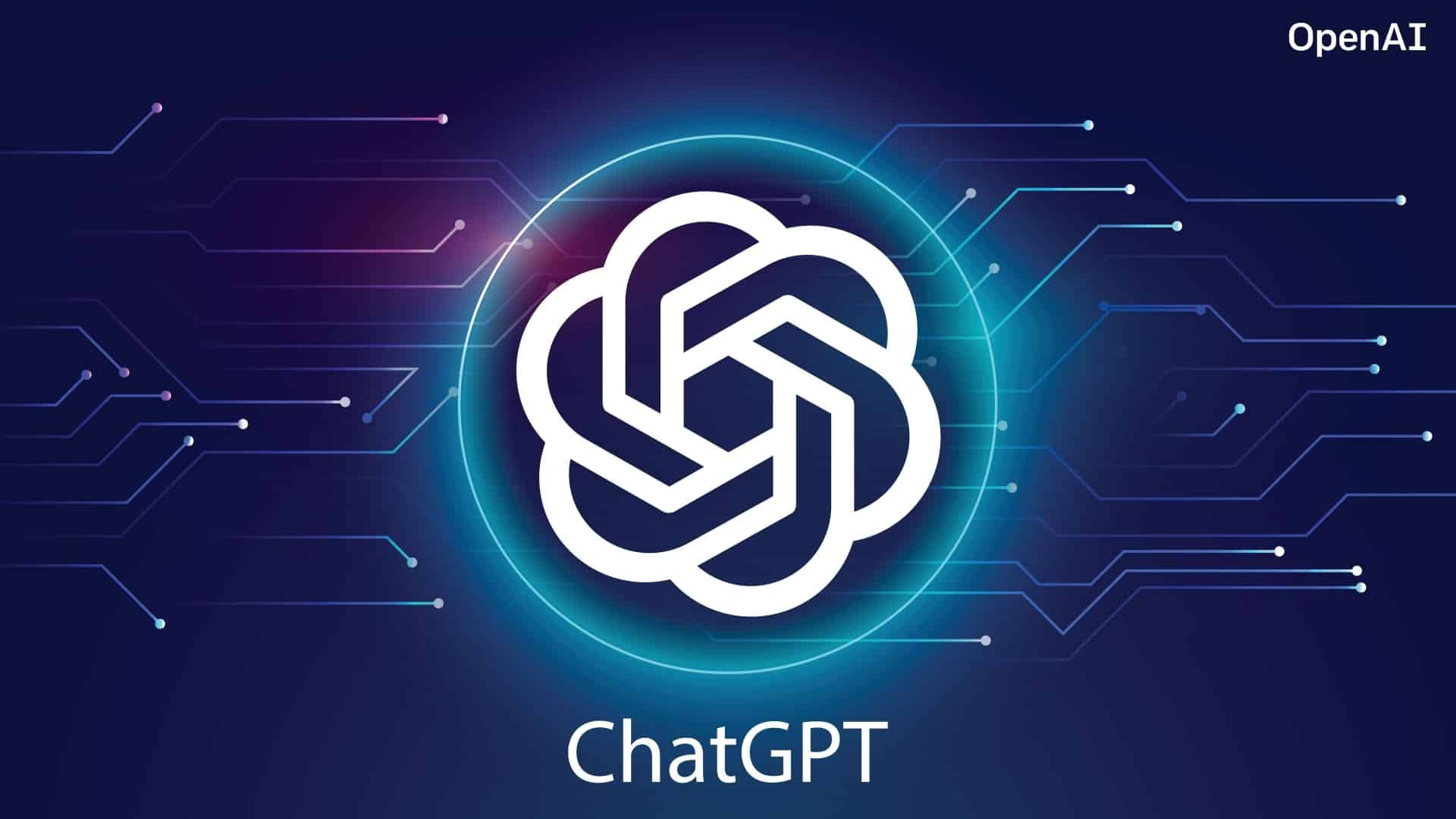What Is ChatGPT, And How Does It Function?
It is one of the most sophisticated language models that exist, with an estimated 175 billion parameters. In simpler terms, ChatGPT is a virtual assistant that can carry on a conversation with people and provide relevant information.
The primary goal of ChatGPT is to understand the context and intent of the user’s query and provide accurate responses. It is capable of carrying out a wide range of tasks such as answering general knowledge questions, providing recommendations, generating creative writing, and even generating new ideas.
How Does ChatGPT Work?
ChatGPT uses a technique called transformer architecture to process natural language inputs. This technique is based on a deep neural network that is capable of processing long sequences of text. The model is trained on a large corpus of text data, which allows it to learn the patterns and structure of natural language. It can then use this knowledge to generate new text that is similar in structure and style to human language.
The core of ChatGPT’s architecture is its transformer blocks. These blocks contain several layers of neural networks that process the input text. Each layer takes the output of the previous layer as its input, allowing the model to learn the relationships between words and phrases in a text sequence. The final output of the transformer block is a sequence of vectors that represents the input text.
ChatGPT can be trained on a wide range of text data sources, including books, websites, and social media platforms. This allows the model to learn about various topics and use this knowledge to generate responses to queries from users.
Uses Of ChatGPT
ChatGPT can be used in a wide range of applications, including chatbots, virtual assistants, and customer service tools. It can also be used for tasks such as:
- Answering general knowledge questions: ChatGPT is capable of answering a wide range of questions on topics such as history, science, and geography. It can also provide definitions for words and explain complex concepts in an easy-to-understand manner.
- Recommending products: ChatGPT can be used to provide personalized product recommendations based on a user’s preferences and previous purchases.
- Generating creative writing: ChatGPT can be used to generate new ideas and creative writing. This can be particularly useful for content creation, such as generating new blog posts or articles.
- Translation: ChatGPT can also be used for translation tasks. It can translate text from one language to another, providing accurate translations that take into account the context of the original text.
Benefits
ChatGPT has several benefits that make it a valuable tool for businesses and individuals. Some of the key benefits of ChatGPT include:
- Faster response times: ChatGPT can process text inputs much faster than a human operator. It allows for faster response times to user queries.
- 24/7 availability: ChatGPT can be used to provide customer support and answer user queries 24/7, without the need for human operators.
- Scalability: ChatGPT can handle a large volume of queries simultaneously. This makes it an ideal tool for businesses that need to handle a high volume of customer support requests.
- Personalization: ChatGPT can be trained on individual user data, allowing it to provide personalized responses and recommendations based on the user’s previous interactions.
Limitations
While ChatGPT has several benefits, it also has some limitations that need to be taken into account. Some of the limitations include:
- Lack of empathy: It is not capable of displaying empathy or understanding the emotional context of a user’s query. This can lead to inappropriate responses in certain situations.
- Biased responses: It is trained on a large corpus of text data, which can sometimes contain biases and inaccuracies. This can lead to biased responses or incorrect information being provided to users.
- Limited understanding of context: While it is capable of understanding the context of a user’s query to some extent. It is not always able to fully understand the nuances of a conversation. This can sometimes lead to responses that are not relevant to the user’s query.
- Inability to handle complex tasks: While it is capable of handling a wide range of tasks. Itt is not always able to handle complex tasks that require a high level of domain expertise.
Conclusion
In conclusion, ChatGPT is a sophisticated language model developed by OpenAI that uses deep learning to process natural language and generate human-like responses to textual inputs.
Zenkoders’s team is ready to help you reach your goals. So, if you’re ready to take your business to the next level with ChatGPT technology, trust Zenkoders for all your ChatGPT Development needs.
It is capable of carrying out a wide range of tasks such as answering general knowledge questions, providing recommendations, generating creative writing, and even generating new ideas. While it has several benefits such as faster response times, 24/7 availability, scalability, and personalization, it also has some limitations such as a lack of empathy, biased responses, limited understanding of context, and inability to handle complex tasks.
As such, businesses and individuals should carefully consider the use cases for ChatGPT and ensure that it is used appropriately and ethically.
Summary
ChatGPT is a language model developed by OpenAI that uses deep learning to process natural language and generate human-like responses to textual inputs.
Source
https://zenkoders.com/custom-chatgpt-development


Leave a Reply
You must be logged in to post a comment.